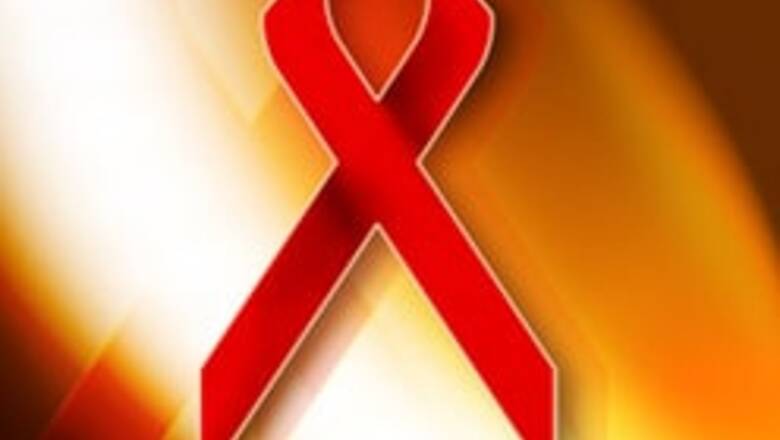
views
Washington: South Asia's AIDS epidemic would grow rapidly unless eight countries in the region, especially India, can saturate high-risk groups with better HIV prevention measures, according to a new World Bank report.
More than 5.5 million people are infected with HIV in South Asia, with the epidemic increasingly driven by the region's flourishing sex industry and injection drug use, said the report presented at the 16th International AIDS Conference in Toronto, Canada on Monday.
Halting the spread of the epidemic will depend on a two-pronged approach, says the report, "AIDS in South Asia: Understanding and Responding to a Heterogeneous Epidemic", released in Washington.
First, establishing effective prevention programmes for groups at increased risk of HIV infection such as sex workers and their clients, injection drug users, and men who have sex with men.
Second, resolving the social and economic drivers of the epidemic such as poverty, stigma, and trafficking of women for sex.
"Reaching and involving people at risk of HIV is the greatest challenge in South Asia because they're frequently marginalised within their own communities because of what they do," Director for Human Development in the World Bank's South Asia regional team, Julian Schweitzer says.
Despite similar times of HIV introduction, epidemics in the various countries have played out in remarkably different ways, the report said noting that India could even be considered a continent in itself, with individual states and even smaller geographic pockets with unique epidemic patterns requiring different HIV responses.
Indeed, a major lesson from South Asia and also from Sub-Saharan Africa - a region with approximately half the population of India alone - is the need to understand how HIV transmission patterns can be remarkably different both between and within regions and countries, it said.
PAGE_BREAK
Focusing mainly on five countries in the region for which there is adequate data - Bangladesh, India, Nepal, Pakistan, and Sri Lanka - the report concludes that countries must tailor their HIV prevention programmes to suit their own local conditions rather than rely on generic global or regional approaches, which have failed to make a difference in individual countries.
In India, most NGOs have focused their HIV prevention work on migrant men rather than on the one million sex workers, who are considered an extremely vulnerable group for HIV transmission.
Moreover, South Asia's most severe epidemic is in parts of India, particularly in a cluster of southern and western States, including Tamil Nadu, Karnataka, Andhra Pradesh, Goa and Maharashtra where sex work is the critical driver of HIV transmission.
The future size of India's HIV epidemic will depend above all on the effectiveness of prevention programmes for sex workers and clients, MSM (men having sex with men), and their sexual partners, together with injecting drug users and their sexual partners, the latter particularly in northeastern India.
The report says some of the major challenges in South Asia require regional and cross-border programmatic cooperation. For example, working on HIV prevention with injecting drug users in Afghanistan and Pakistan would benefit from coordination with similar initiatives in Iran and Central Asia.
"Preventing HIV infection among sex workers in Nepal would certainly be more effective if they were coordinated with efforts in India focusing on migration and sex worker trafficking, especially to Mumbai," co-author of the new report and the World Bank HIV/AIDS coordinator for the South Asia region, Mariam Claeson says.
"Another compelling example of why we need greater regional cooperation is the cross-border drug trade and sexual networks between the highest prevalence districts in northeastern India, parts of Bangladesh, and Myanmar, which underscores the role of migration, and clearly calls for countries to work together more closely to prevent HIV from becoming widely established in the region's general population," Claeson adds.
The World Bank has supported efforts to fight AIDS in South Asia since the first National AIDS Control Project for India in 1992, and has committed $380 million to support national programmes to date.


















Comments
0 comment